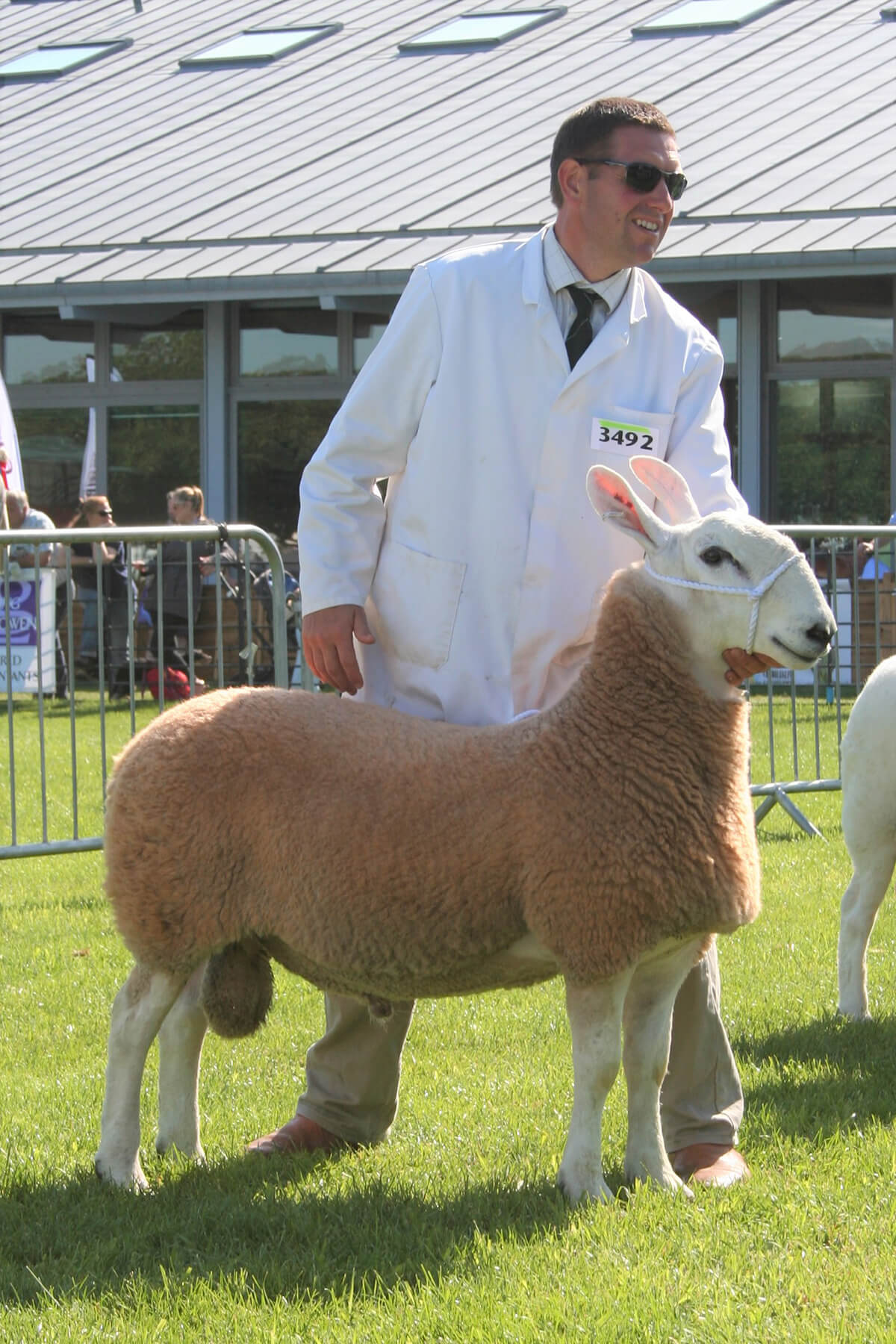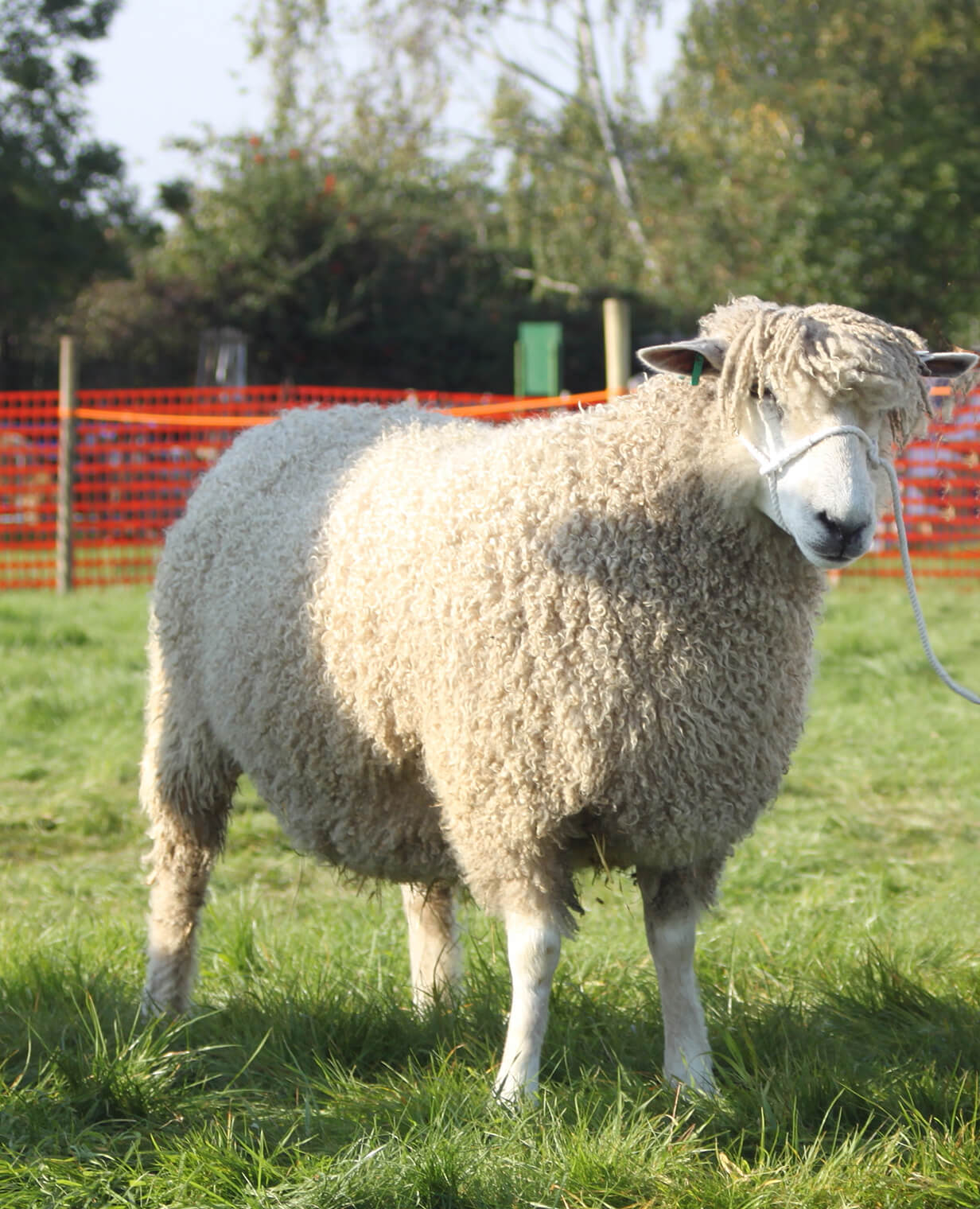How Much Alfalfa to Feed Wool Ewe
Feeding Sheep
There are lots of factors to consider when deciding what to feed any animal and sheep are no exception. When sheep are kept on smallholdings they are usually produced extensively for slow-grown meat with better taste and nutrition or to produce wool. Breeders may also be preparing their stock for showing or to sell as breeding stock and so often have pedigree or rare breeds. With all of these scenarios, putting better quality feedstuffs into your sheep feed, means getting more out.
Alfalfa for meat quality
Studies have shown that animals reared on forages such as alfalfa have better fatty acid profiles in their meat. This is because cereals are higher in omega 6 whereas forages contain a higher ratio of omega 3. It should be noted that forages are not high in oil but what they do contain is better quality than in cereals. When we consume the meat from animals reared on forage-based systems, we are getting the benefits of more omega 3 in our diets, meaning there are many benefits of feeding sheep alfalfa.

The Neben flock have used Alfa-A Original and Alfa-Beet for many years to produce show ring condition
Alfalfa for wool and hoof quality
Tissues such as wool and hoof horn contain keratin which is made up of amino acids or protein. Alfalfa is abundant in amino acids and is also a great source of highly bioavailable minerals such as calcium and sulphur which are known to help create strong hoof tissue. Whilst finer wool is produced from sheep in nutritionally deprived areas, too little nutrition can cause serious health issues and so it is important to strike a balance. Feeding sheep alfalfa sufficiently but not too much is key.

Including alfalfa in the ration
250 grams per head per day will help to provide quality protein and other essential nutrients and is a practical level to feed to most sheep. If it is used to replace some of the cereal based feeds it also helps to reduce the risk of acidosis. Dengie Alfalfa Pellets are a convenient way to add alfalfa to the bucket or trough or if using as an alternative to forage then Alfa-A Original is the best option. The addition of molasses makes it palatable and brings the ME up too.
Dengie Alfa-Beet is our best kept secret for putting weight on show sheep. A blend of alfalfa and sugar beet provides a great source of highly digestible fibre that is efficiently converted to condition. Feed Alfa-Beet soaked to help take moisture into the gut and offset the effects of meal feeding.
When forage quality is poor, pregnant ewes are at greater risk of twin lamb disease and so adding up to 0.5kg per head per day to the ration can be beneficial. When ewes are heavily pregnant they can start to eat less as the lambs take up more space. Making every mouthful count helps to ensure nutrient requirements are met and so using better quality forages such as alfalfa becomes even more important. Adding some alfalfa 2 to 3 weeks before birth is usually beneficial.
Alfalfa is abundant in calcium and ewe's milk is higher in calcium than cow's milk. Supplying calcium in the ration is important to ensure the ewe doesn't deplete her own reserves in order to pass the calcium on in her milk. Adding 0.25 to 0.5kg per head per day to milking sheep is our recommendation.
Grass Based Forage Replacers
Feeding hay to sheep is commonplace at times when fresh pasture is in short supply or of poor quality. We are often asked about the suitability of feeding sheep haylage when hay isn't available. Haylage has a lower dry matter than hay and so the additional moisture means that a greater weight of forage needs to be fed to ensure dry matter intakes are maintained. If insufficient is consumed then droppings can become loose. In the short term this isn't usually too much of an issue but if the problem persists it can cause digestive issues. One solution is to use a dried grass-based forage either instead of or as well as feeding sheep haylage. The higher dry matter of products like Dengie Pure Grass helps to offset the lower dry matter in the haylage making it easier to maintain dry matter intake.
In addition, if you've got some special, older individuals in your flock then it is likely that their aren't quite what they used to be. Although as any animal ages they become less efficient at absorbing nutrients, many sedentary OAPs would simply do too well on alfalfa-based forages. Those based on grass such as Dengie Pure Grass or Pure Grass Pellets, are often more suitable and can be used as complete or partial hay replacers. The pellets can be soaked for those with really poor teeth and the softer texture of the Pure Grass chopped fibre is easier to manage but still provides some chew time and scratch factor in the stomach.
So whichever sheep feed you use, there is a great source of fibre available from Dengie to complement it.
Source: https://www.dengie.com/news-articles/feed-advice/feeding-sheep/
0 Response to "How Much Alfalfa to Feed Wool Ewe"
Post a Comment